What it is and why now.
DIRTY30
It's 2025, and our skin deserves clean toxin-free care. Your skincare should not be your hormone replacement therapy, however, we noted that most of our everyday favorites have labels filled with toxins. At eluxier we are on a vigil to keep them away and our list is only getting longer.
The skincare industry uses around 80,000 ingredients (a rough estimate, as of 2023) and around 80% of those ingredients have never been evaluated for their safety, toxicity, or incremental bioaccumulation (their presence in bloodstream after each exposure)
Over the last two decades, innovations in the personal care ingredients have truly revolutionized. This is both, good as well as concerning. On one side we received safer ingredients based on natural raw materials (as an alternative to previously used toxic ingredients), while on the other side, to create a pleasing and comfortable skin feel, we have made ingredients that are non-functional and even toxic to humans, animals, plants, and the environment.
When we products claiming "Paraben free", "Sulfate free" etc. we hope that these products are made safe. However, there are always other harmful ingredients hiding in the label. We deserve clean, safe and effective skincare, however, we still find harmful chemicals in all the products around us.
On the pursuit to create safe and clean-label skincare, we have eliminated 30 types of harmful chemicals, the DIRTY30, that are either proven toxins, or there is too little data to call they are safe. We don't and won't use these ingredients in our products and recommend that the skin enthusiasts should watch them out as well.
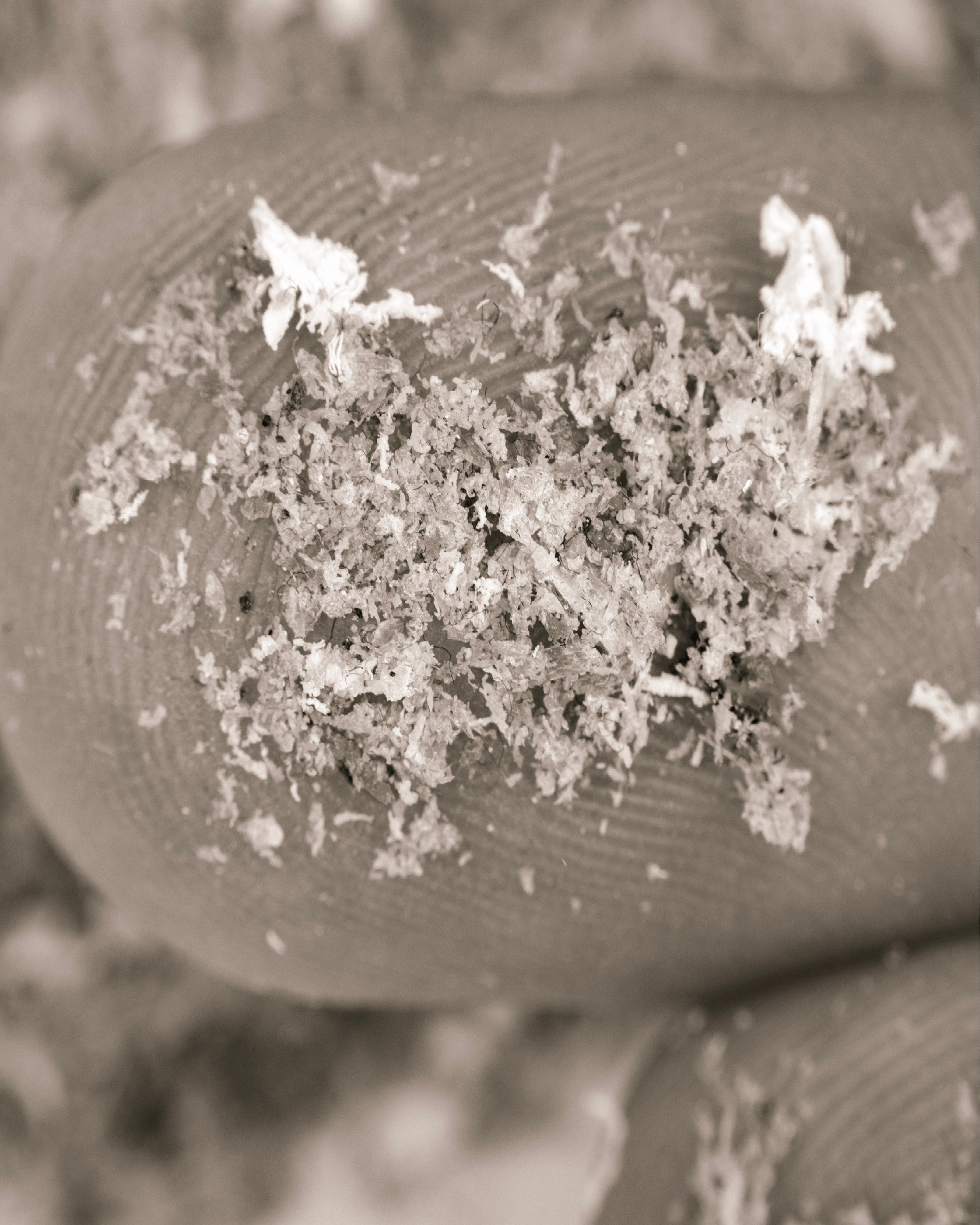
Microplastics
1. Acrylates - (Acrylates, methacrylates Polyacrylate, Acrylamide etc.): These are synthetic polymers of acrylic acid and methacrylic acid. They are used as a viscosity builder, thickener and skin feel enhancer because they swell when stirred with water and form a barrier on skin that creates a soft and gliding skin feel. These are microplastics that don’t degrade in nature and remain a prominent polluter in personal care products. They trigger inflammation and skin sensitization on long term use, leading to premature skin ageing and skin sensitization. Based on studies conducted on rodents, The International Agency for Research on Cancer (IARC) classifies acrylamide as a “probable human carcinogen". Ethyl methacrylate and methyl methacrylate are linked to malformed skeletons and limbs in the offspring of exposed experimental rats. The US National Toxicology Program (NTP) has classified acrylamide as “reasonably anticipated to be a human carcinogen. ”The US Environmental Protection Agency (EPA) classifies acrylamide as “likely to be carcinogenic to humans.”
2. Carbomers - These are also synthetic polymers, prepared by crosslinking different types of acrylates with propylene sucrose or allyl pentaerythritol. Typical solvents used in producing carbomers are Benzene, Ethyl Acetate or Cyclohexane. These solvents are almost impossible to completely remove from the final product. Benzene is a known carcinogen that can cause aplastic anemia, leukemia, and multiple myeloma. This is used as a cheap bulk agent in cosmetics as it swells when mixed with water, making the cream fluffier and bouncy like gel. USFDA in its advisory issued in December 2023, have expressed safety concerns regarding the use of carbomers in pharmaceutical products and have demanded more safety data and additional tests to mitigate the risk. Cyclohexane can damage the liver and kidneys. They can also cause cognitive deterioration and these both directly absorb through skin and bioaccumulate. In 2023, USFDA released guidelines with immediate effect to reformulate all pharma products that used carbomers produced using benzene as solvents. USFDA has even asked to remove at least 5 carbomers from USP-NF.
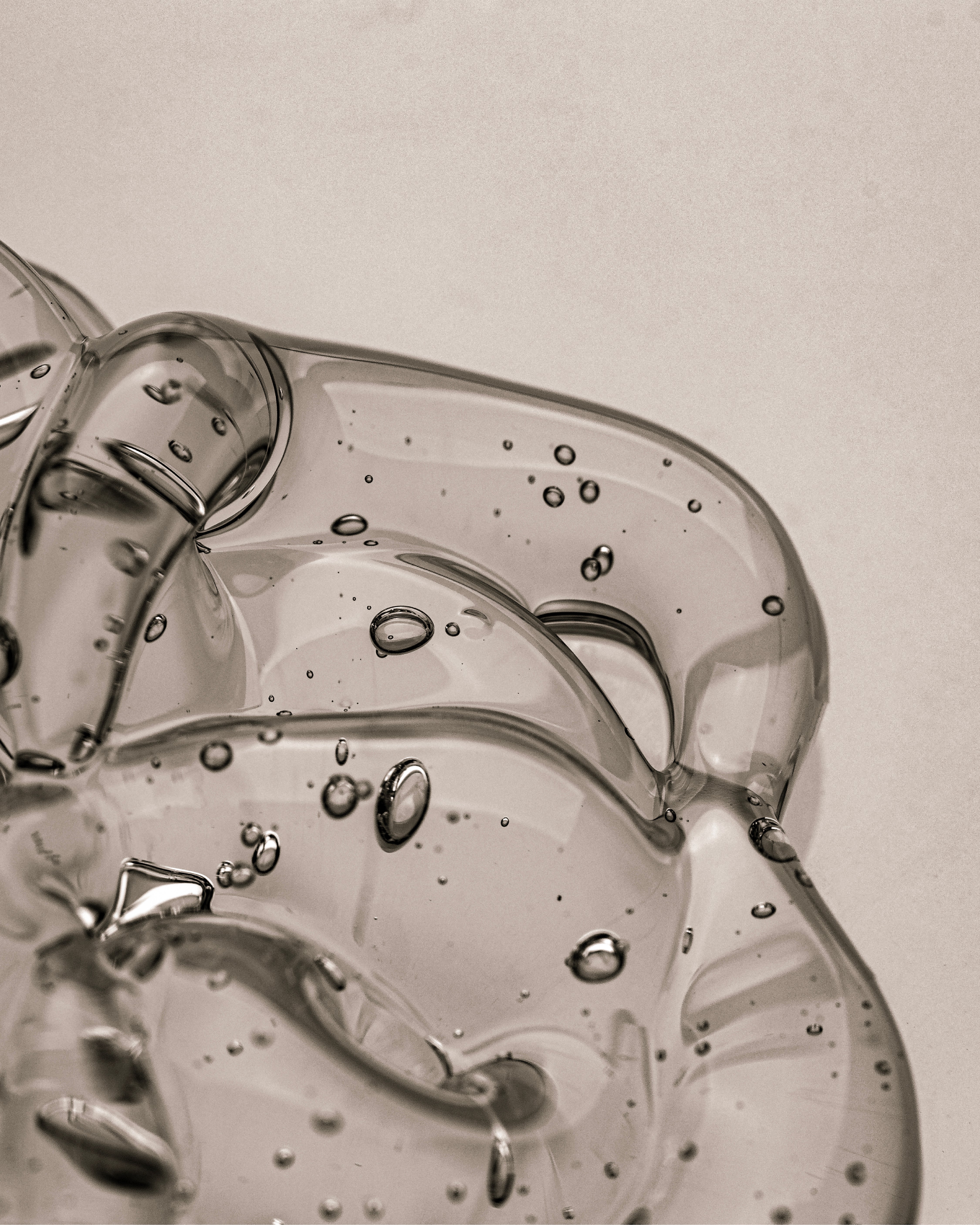
Silicones
3. Silicones: (not to be confused with silica, which is a rather safe and common ingredient). Silicones are often present as ingredient names ending in methicone and siloxane. (Like, Simethicone, Dimethicone, Cyclomethicone, Siloxanes etc.) These are cyclic aromatic dimethyl silicone polymers that is used for the silky texture and smooth skin feel. The degree of polymerization and the structure affect the ability to overcome cellular barriers (including stratum corneum of the skin and absorption into the organism, migration in the living organism, ability to accumulate, degradability and toxicity, etc.). The low molecular weight silicones are more dangerous. As per a 2023 market survey, at least 50% marketed skin products contain at least one type of siloxane. Some silicones have been reported to elevate liver enzymes, increase liver weight and cause renal tumors. Cyclic siloxanes cause irreversible damage to skin barrier function. Small Silicone molecules also bioaccumulate in human body and enter circulatory and lymphatic systems. Cyclic siloxanes have also shown to change the structure of stratum corneum barrier.
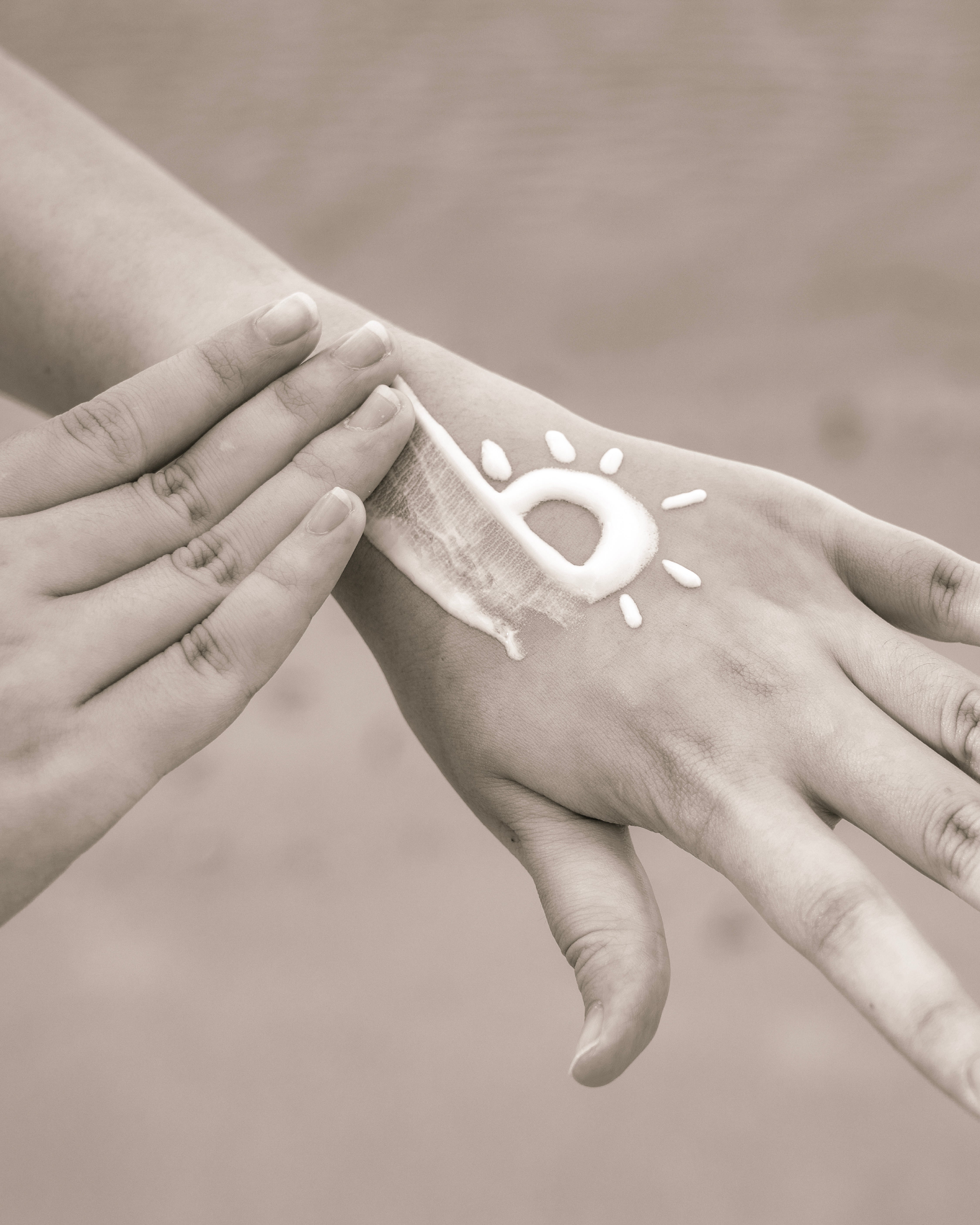
Chemical UV Filters
In 1999, and again in February 2019, USFDA identified a need for more safety data to support the GRASE status (generally recognized as safe and effective) of 12 most commonly used UV filters. (However, in September 2021, it realized that gathering safety data may take significant time and deferred any action until further notification)
So for now, all those UV filters will remain available in commonly available sunscreen, however, the risks and effects are also going to be prevalent.
4. Benzophonenones (Oxybenzone, Avobenzone etc.) - Used as UVA blockers in sunscreens. These can easily penetrate the skin barrier where they undergo Phase I (mainly demethylation and hydroxylation) and Phase II (mainly glucuronidation and sulfation) biotransformation. These have shown to cause reproductive toxicities in humans and aquatic species. These are one of the worst chemical filters that that are used in sunscreens. especially BP-3 or Oxybenzone, which has multiple endocrine disrupting effects, persistent in the environment. It is associated with photoallergic reactions, is absorbed in significant amounts through the skin, bioaccumulates, and passes into breast milk. There is evidence of neurotoxicity and ecotoxicity affecting many aquatic species. There are several independent studies highlighting their inhibitory effects on endocrine, neuronal, reproductive, metabolic, renal systems and neonatal development during pregnancy. They potentially trigger immunotoxicity and photoallergy. For Avobenzone (weak UV filter, that degrades on UV exposure), no data is available on the metabolite toxicity or absorption into skin. The presence of 0.72 μg dose of avobenzone augmented the anti-androgenic responses in male fish. The testosterone level in the H295R cells were significantly decreased after they were exposed to homosalate alone or in combination. Avobenzone increased the gene transcription of peroxisome proliferator-activated receptor γ (PPARγ) and fatty acid binding protein 4 implicating that avobenzone may be one of the metabolic disrupting obesogens. Avobenzone also induces mitochondrial dysfunction-mediated apoptosis leading to abnormal placentation during early pregnancy.
5. Cinnamates ((Octinoxate, Ethylhexyl Methoxycinnamate) - Used as a chemical UV Filter, a known endocrine disruptor that mimics estrogen. Persistent and bioaccumulative, is absorbed through the skin and can increase the absorption of other substances. It appears in breast milk. It is also a concerning Ecotoxic.
6. PABA and derivatives (Octyldimethyl PABA, Ethylhexyl triazone etc.) - These are used as UV filters in Sunscreens that are known endocrine disruptor (Estrogenic), liberator of free radicals, trigger sensitizing allergen reactions. These are also concerning ecotoxic and environmental pollutant. They release free radicals in sunlight. Very little data available in scientific journals.
7. Salicylates (Octisalate and Homosalate etc. ) - They are used as SPF boosters in sunscreens to enhance the other UV filters. These are weaker UV filters which are used to boost penetration of other filters. Octisalate is a potent ecotoxic compound, but still somewhat safer to use, while Homosalate is an endocrine disruptor, that decomposes with light into oxidizing substances that are harmful to the skin. It increases the absorption of other substances through skin barrier.
8. Octocrylene - Used as a UV filter in sunscreens. It absorbs the UV radiation. It is an endocrine disruptor and may cause allergies and photo-allergies. It is included in the 2019 European Commission list that categorized 14 ingredients with potential disrupting properties used in cosmetic products.
9. Other Organic Sun Filters - There are still several other chemical UV Filters out there that have not been studied in detail and only limited data is available regarding their safety in scientific journals. For example, Tinosorb (Photostable and large molecule, so doesn't absorb through skin, but an ecotoxin), Iscotrinizole (No data available on safety or bioaccumulation) etc.
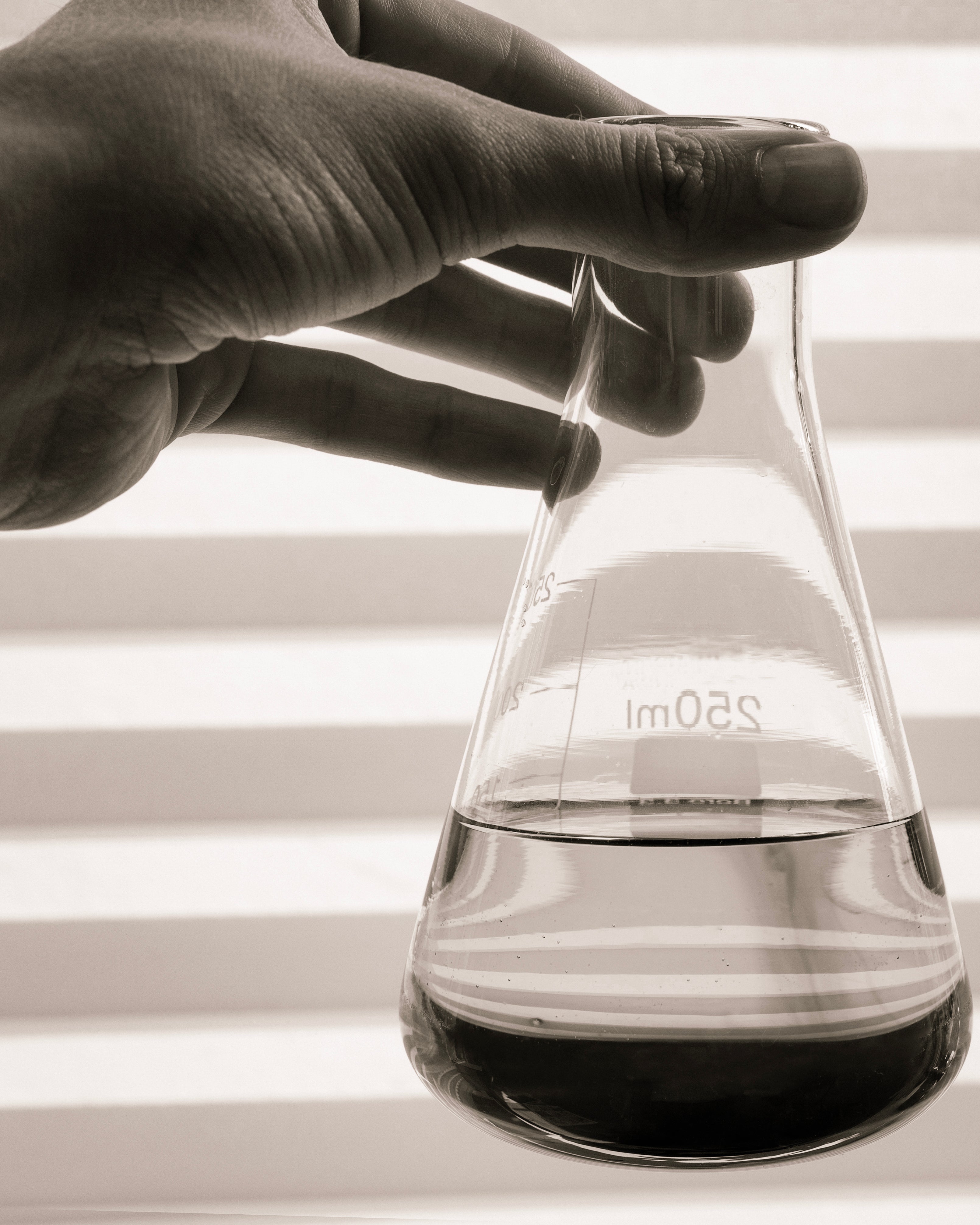
Synthetic Preservatives
10. Parabens (Methyl, Ethyl, Propyl and Butyl): These chemicals are used as preservatives to control microbial growth in products, however, it interferes with the endocrine system. It may hamper fertility, may alter fetal development, and potential carcinogen for breast cancer. .
11. Formaldehyde or Compounds that release Formaldehyde (DMDM Hydantoin, Diazodinyl Urea, Imidazolidinyl Urea): These are used as preservatives. These chemicals metabolize to form Nitrosamines that get absorbed through the skin. Animal studies have shown endocrine disruption, nervous system, and organ system effects caused by nitrosamine. It has also been categorized as a possible carcinogen.
12. Triclosan: It is used as an antibacterial agent, and preservative. It is a potential endocrine disruptor and carcinogen. It bioaccumulates in cumulative values. Animal studies have shown reproductive toxicity.
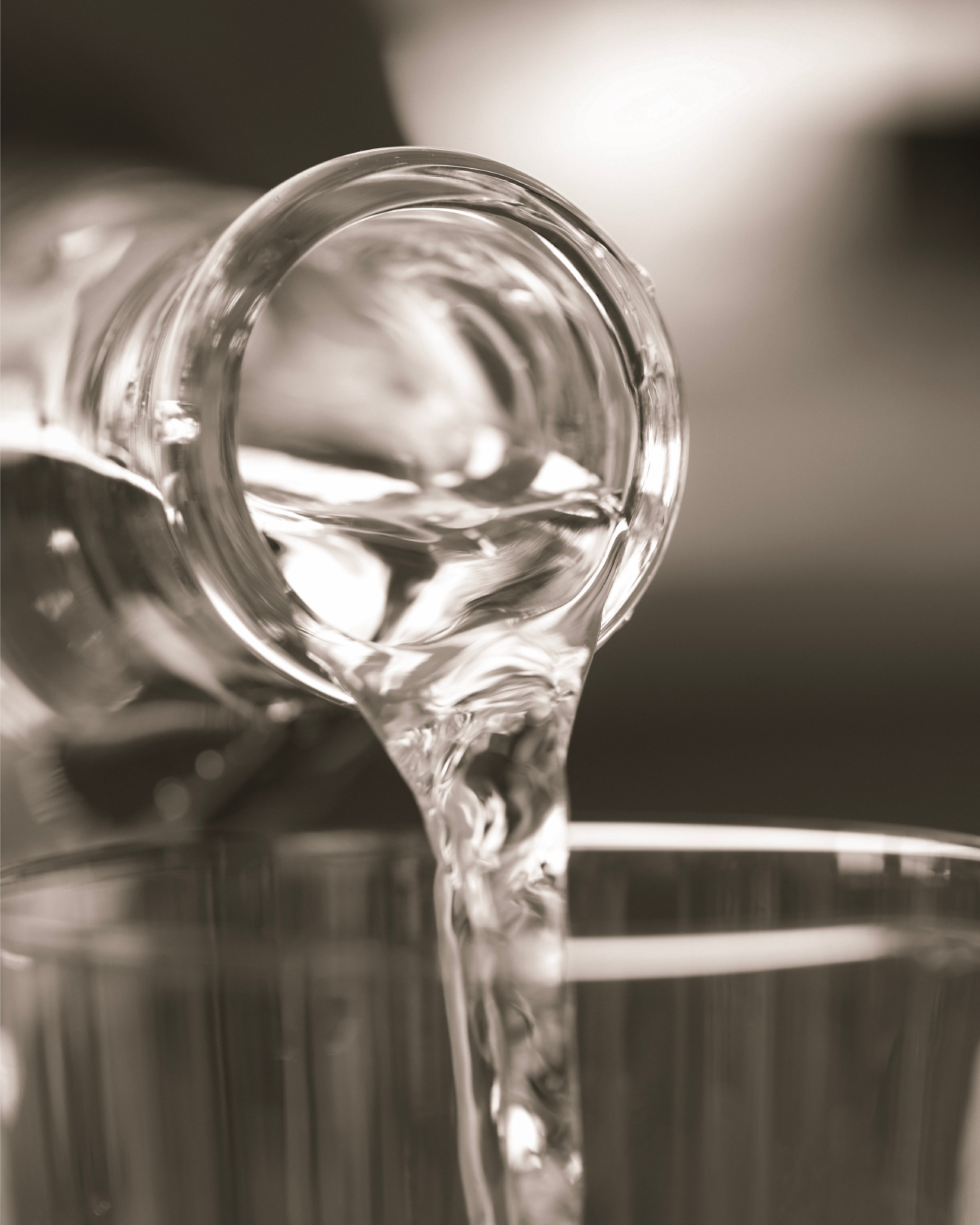
Organic Solvents
13. Harmful Organic Solvents: Several modern lab-made ingredients and even some natural extracts use organic solvents to manufacture. It is practically impossible to remove these solvents completely from the final products. Many of these solvents like Benzene, Cyclohexane etc. have been associated with multiple toxicities in human body. All Eluxier products use ingredients made by green chemistry principles (no harsh solvents, no extreme temperature/ pressure conditions, should have plant-based starting materials, and well-defined impurity profile of the final products)
14. Dioxanes (1, 4 Dioxane): It is a solvent used in cosmetics and shampoos. It can cause liver and kidney damage. 1, 4 Dioxane has been shown to cause cancer in rats.
15. Acetates and derivatives (Ethyl Acetate, Butyl Acetate): These are used as solvents in nail laquers, nail polishes and even in some skin lotions. These are neurological and immune system toxin. These volatile chemicals may even cause dizziness, nausea and vomiting. may cause contact dermatitis and even a possible carcinogen.
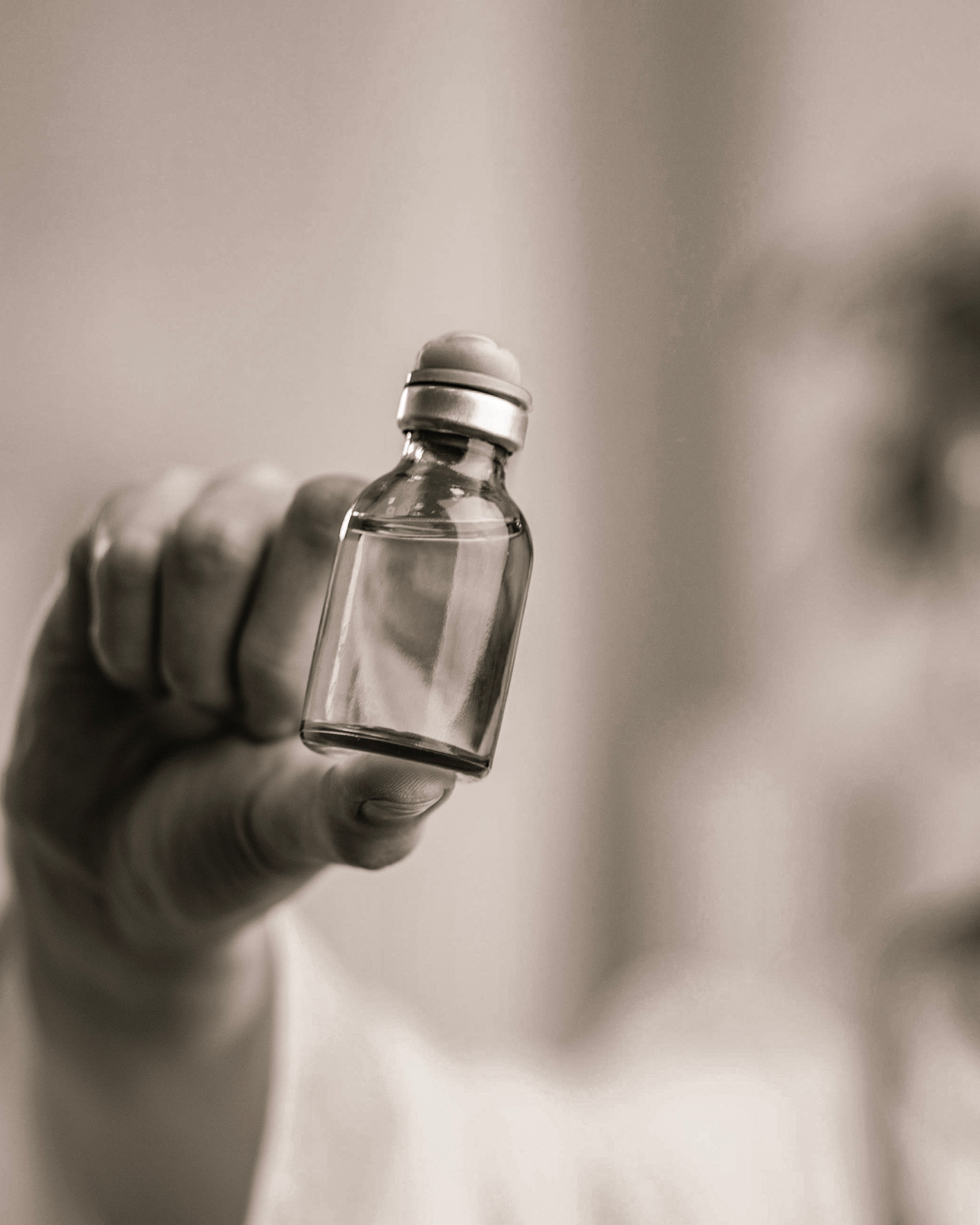
Synthetic enhancers
16. Ethoxylated Polymers (PolyEthylene Glycol, PEG, Ceteareth and derivatives): These are long-chain synthetic polymers made by condensing ethylene oxide, ethylene glycol, and water. These are used as penetration enhancers for other actives like surfactants, emulsifiers, cleansing agents, humectants, and skin conditioners. PEG is often contaminated by ethylene oxide, that The World Health Organization classifies as a human carcinogen. They contain 1,4-Dioxane as impurities which is a potential human carcinogen, leading to Non-Hodgkin’s lymphoma, Multiple myelomas, Chronic lymphocytic leukemia, Liver cancer, Lung cancer, and Breast cancer. Animal studies show brain and neuronal toxicity.
17. Butylated Aromatics (BHA/BHT): Butylated Hydroxy Anisole (BHA)/ Butylated Hydroxy Toluene (BHT) are used as a synthetic anti-oxidant. It is absorbed through the skin and acts as an immune toxin and an endocrine disruptor. Animal studies have shown brain, liver, reproductive and respiratory toxicity.
18. Quaternium compounds (especially the -7, -15, -31 variations etc): Quaternium compounds are often added to hair care products as anti-static or conditioning agents, but they are known allergens and sensitivity triggers. People exposed to it may get extreme skin allergies and rashes. Quaternium-15 releases formaldehyde, a known carcinogen.
19. Ethanolamines (Diethanolamine (DEA)/ Triethanolamine (TEA): Used as a pH buffer to regulate the acidity of products and stabilize them. These nitrosamine-producing products are potential carcinogens based on several scientific research. These are also an endocrine disruptor and may trigger Asthma.
20. Phthalates and their derivatives: These are added as a plasticizer and prevent the products from becoming brittle. They are known endocrine disruptors and interfere with fertility and normal hormone functioning.
21. Sulphates (SLS, SLES, ALS): The whole class of products like Sodium Lauryl Sulphate, SLES, ALS, are one of the commonest surfectants used in face cleansers, shampoos, even toothpastes. These are often contaminated with nitrosamines, and 1,4-Dioxane, a known carcinogen which is a by-product of the sulfation process by which SLS is made. These are used as a surfectant/ penetration enhancer allowing other chemicals to cross barrier into the bloodstream. Animal studies have shown internal organ effects. Long term use of SLS develops sensitive skin and allergic reactions
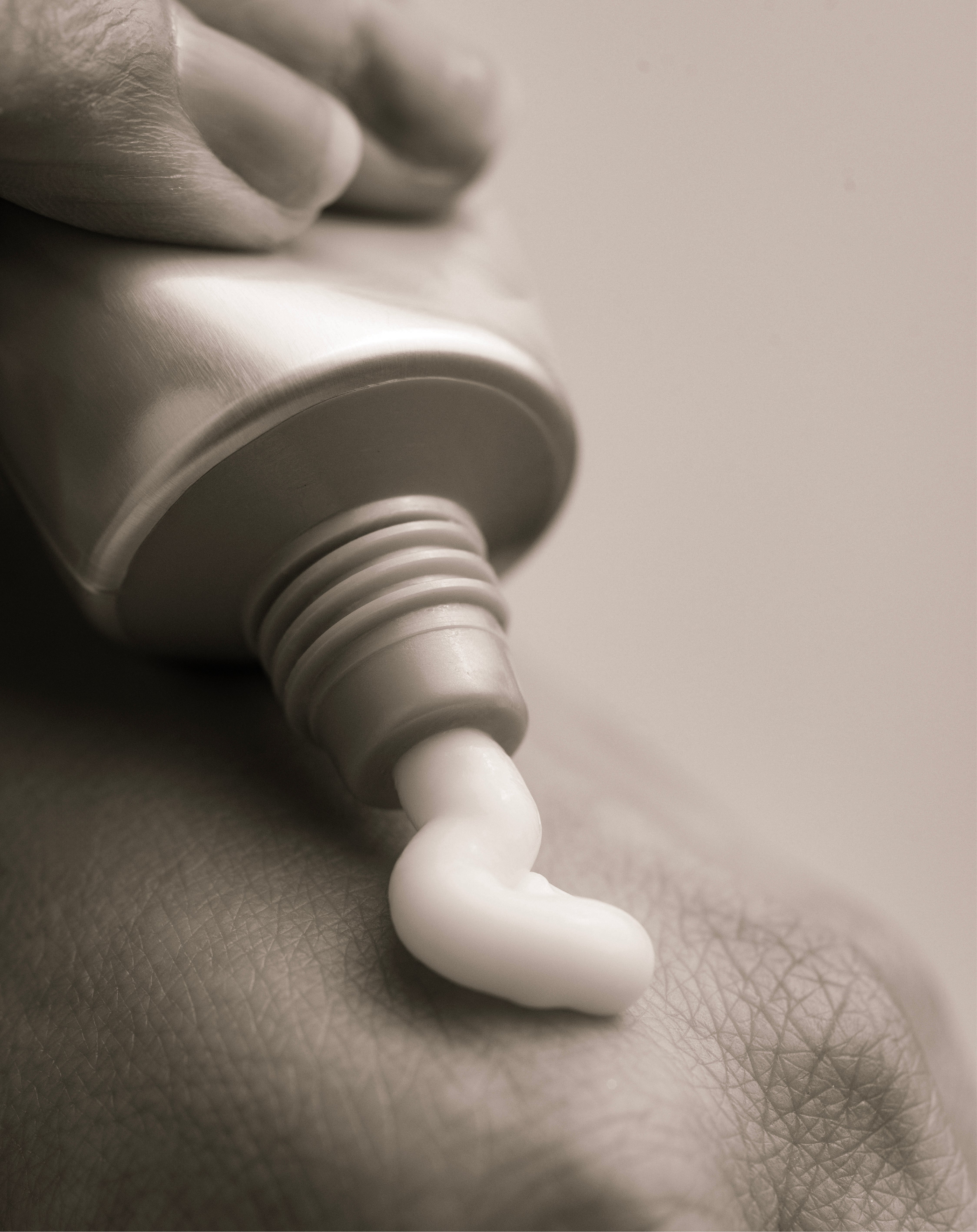
Synthetic emollients
22. Petroleum Products (Petroleum jelly, Petrolatum, Mineral Oil, Liquid Paraffin): Petrolatum is a by-product of crude petroleum oil distillation. This tasteless and nearly odorless substance is a complex combination of liquid (mineral oil) and solid (paraffin wax and microcrystalline wax) components that cannot be reproduced by simply mixing the two. It is used as an occulant that forms a barrier on the skin. It is a rather inexpensive replacement for natural oils and used as a bulking agent in emulsions and butters/balms. It is hardly without impurities, especially the Polycyclic Aromatic Hydrocarbons (PAHs). The PAHs have been classified as potential carcinogens and long-term exposure to PAHs may cause skin cancer, lung cancer, or reproductive issues. Liquid Paraffin is derived from petroleum, coal, or shale oil and may contain impurities like benzene and toluene, both notoriously responsible for cancers, kidney damage, birth defects, bone marrow damage, and respiratory damage
23. Propylene Glycol: Used as a skin conditioner, emollient, and viscosity enhancer. Even at dosages of 2%, it has been associated with irritant and allergic contact dermatitis as well as contact urticaria in humans.
24. Styrene and their derivatives: It is a synthetic polymer added as an emollient. The European Commission classifies styrene as a Category 1 endocrine disruptor in humans and wildlife. Exposure to Styrene increases the risk of breast cancer manifold. Styrene has also been associated with Lymphoma and Leukaemia, damage to white blood cells, and genetic disorders. Workers exposed to styrene manufacturing have shown an increased risk of pancreatic and esophageal cancers.
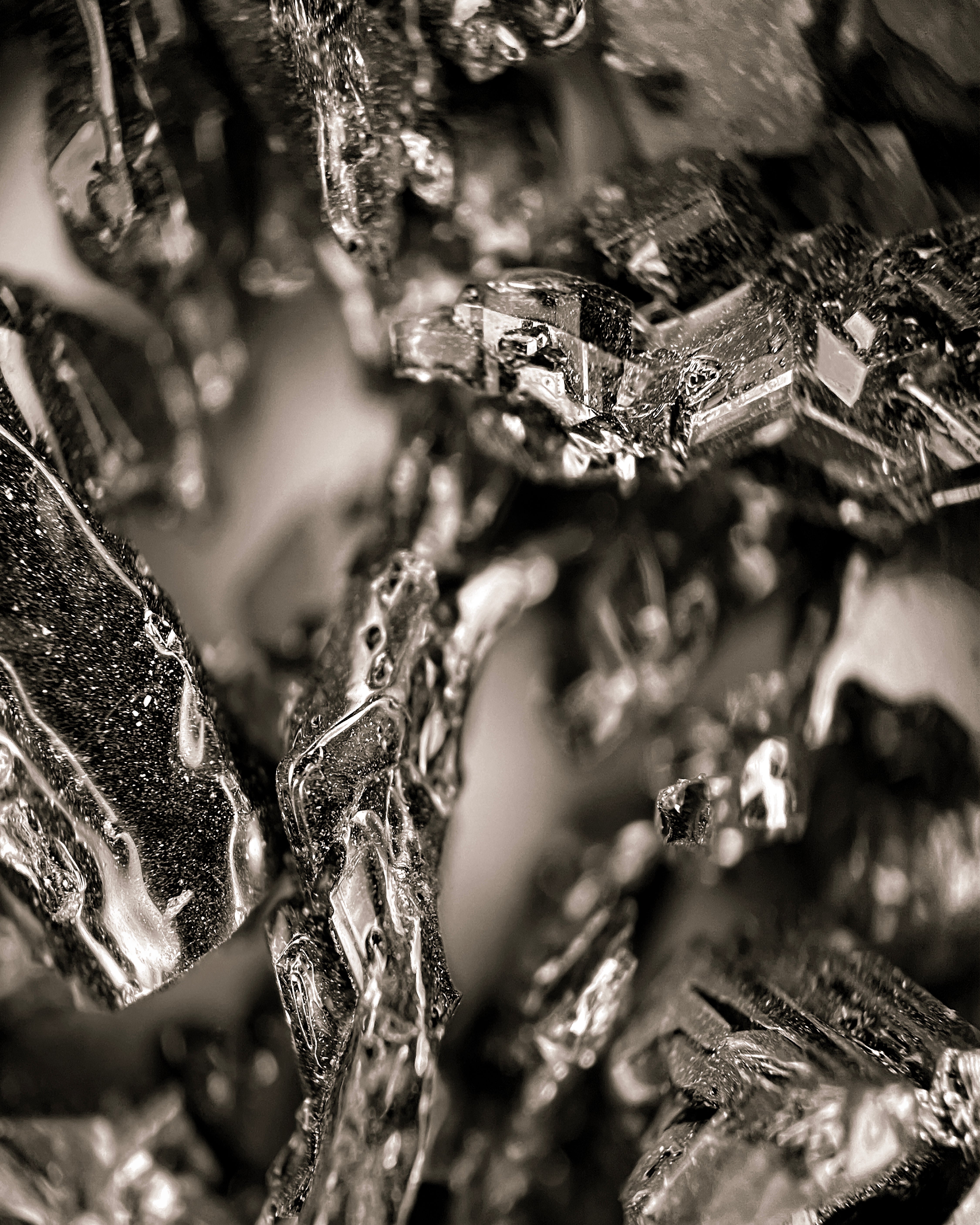
Heavy Metals
25. certain natural extracts and poorly manufactured ingredients have a potential risk of containing heavy metals such as Arsenic, Lead, and Mercury. These metals accumulate in blood, bones, and muscles and create serious damage to the normal functioning of the organ systems in the human body.
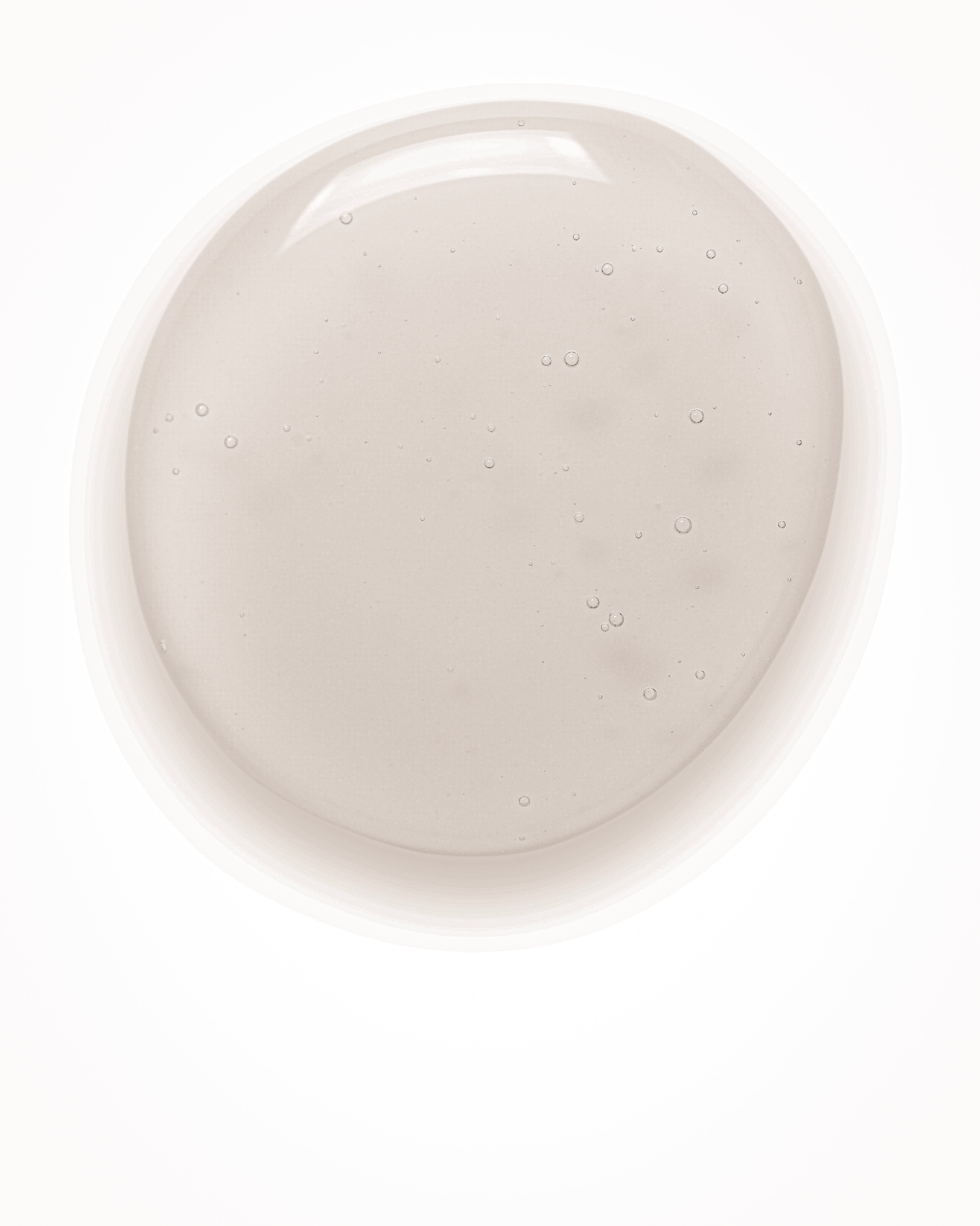
Retinol compounds
26. Retinol-related skin problems are so common that there is a medical term for it- Retinoid Dermatitis. Applying retinol on already stressed skin significantly worsens skin condition. Certain retinyl compounds like retinyl palmitate, as per a study in 2011, were found to increase skin cancer lesions by 21%, and it has also been associated with reproductive toxicity.
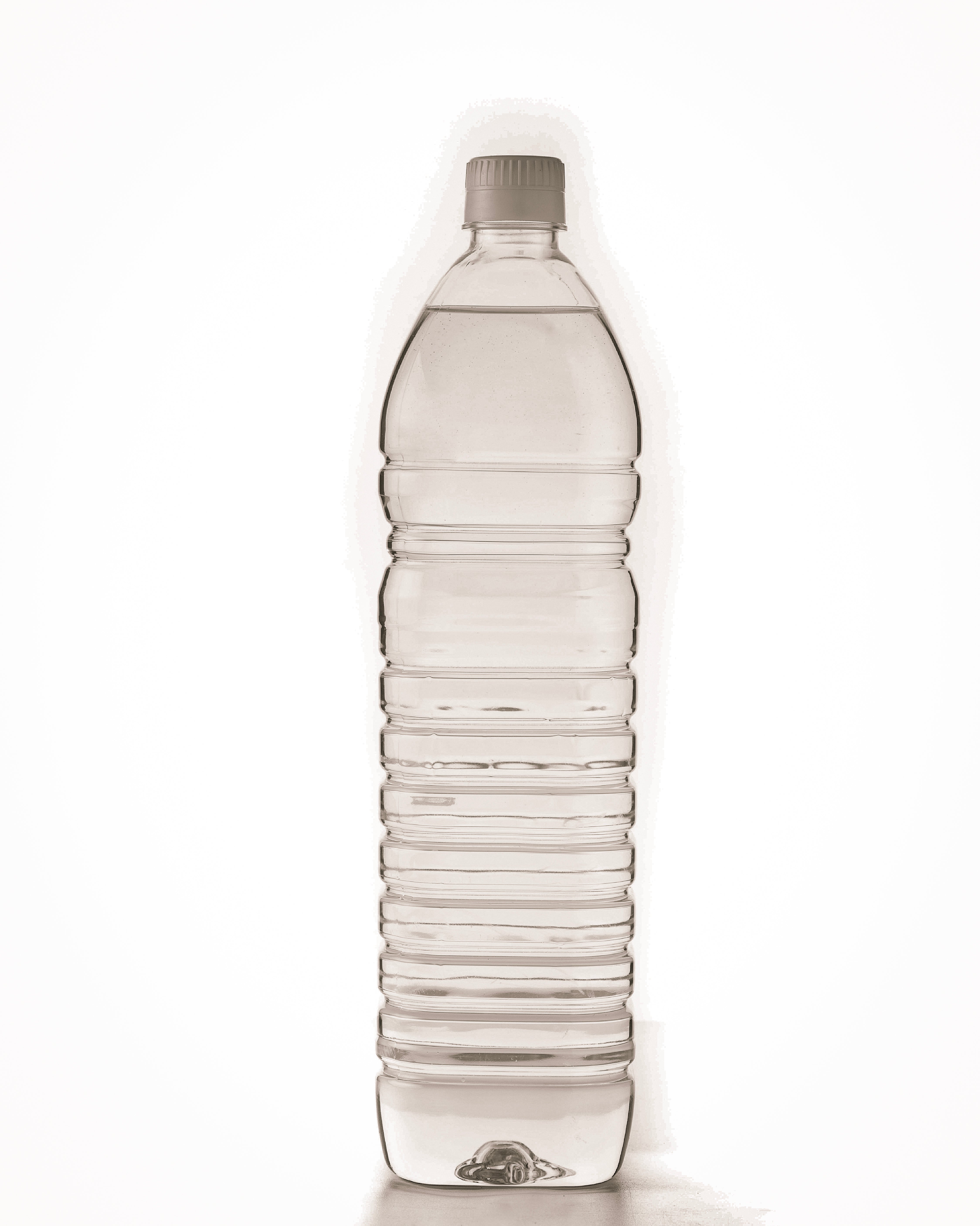
Refined Oils
27. The process of refining the oils involves heating up to 350 degree Celsius at high pressure along with treatment with concentrated alkali and meta catalysts. These processes are done to remove the flavor, fragrance and colour of the natural oils, however, due to this process all the active ingredients (like flavonoids, alkaloids, phenolics etc.) in oils also get lost and the oils become merely a mass of standardized fatty acid chains devoid of any beneficial values of the natural oils.
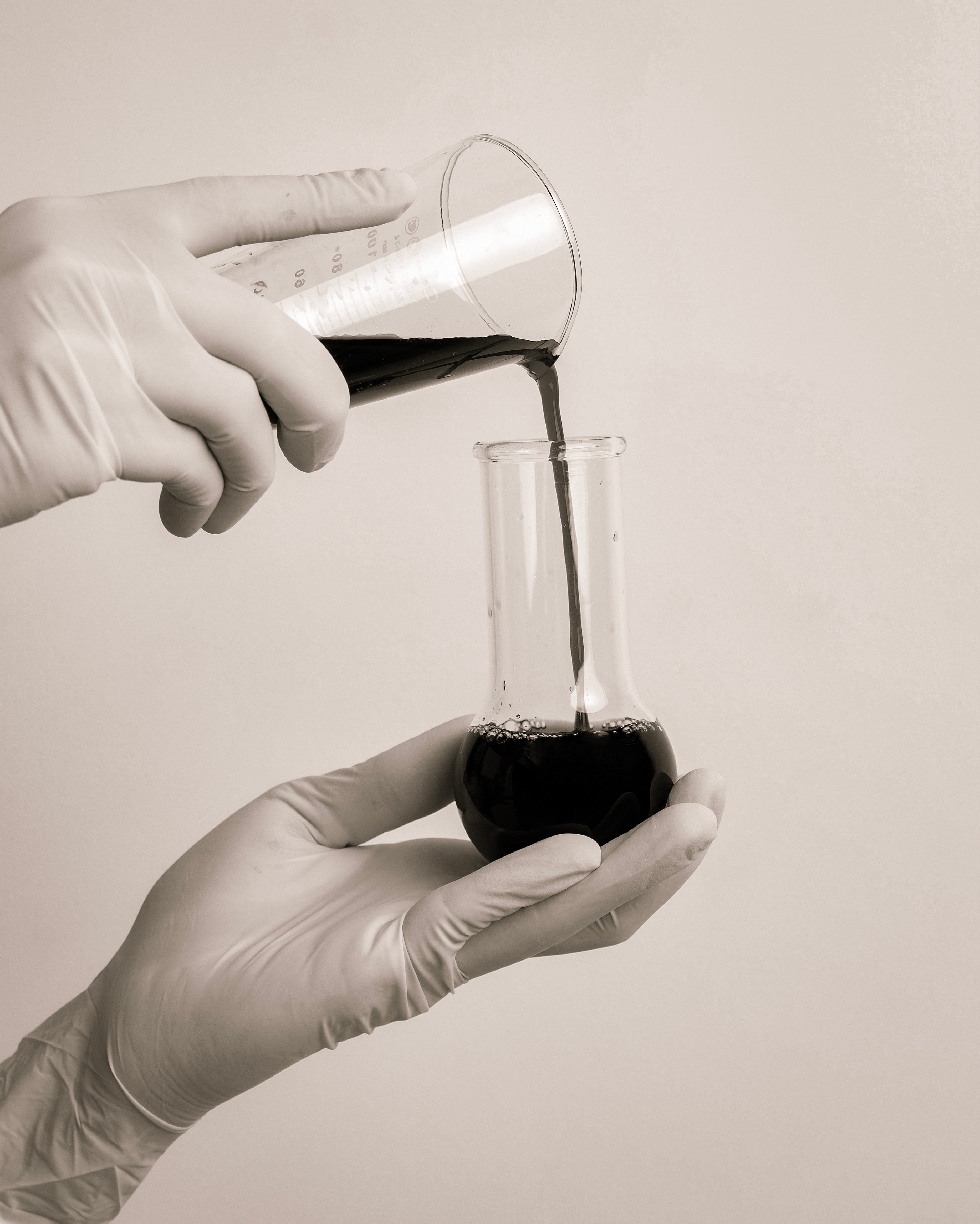
Synthetic Colours and Dyes
28. Synthetic colours are not only used in colour cosmetics like lipsticks, foundation, and mascara, but also in creams, shampoos, cleansers, and all sorts of skincare products to enhance the visual appeal of the products. Most of these dyes are made using 20 or more chemicals including elements like Aluminium, Manganese, Chromium, petroleum by-products, and organic solvents. Azo dyes are made using aromatic amines that may cause mutagenic, genotoxic, and carcinogenic effects. These dyes can be absorbed in the bloodstream through the skin, mouth, or by breath. These dyes disturb the oil balance of the skin, are comedogenic, and bioaccumulate. Dyes normally don’t have any functional value in the products and are added only for cosmetic purposes.
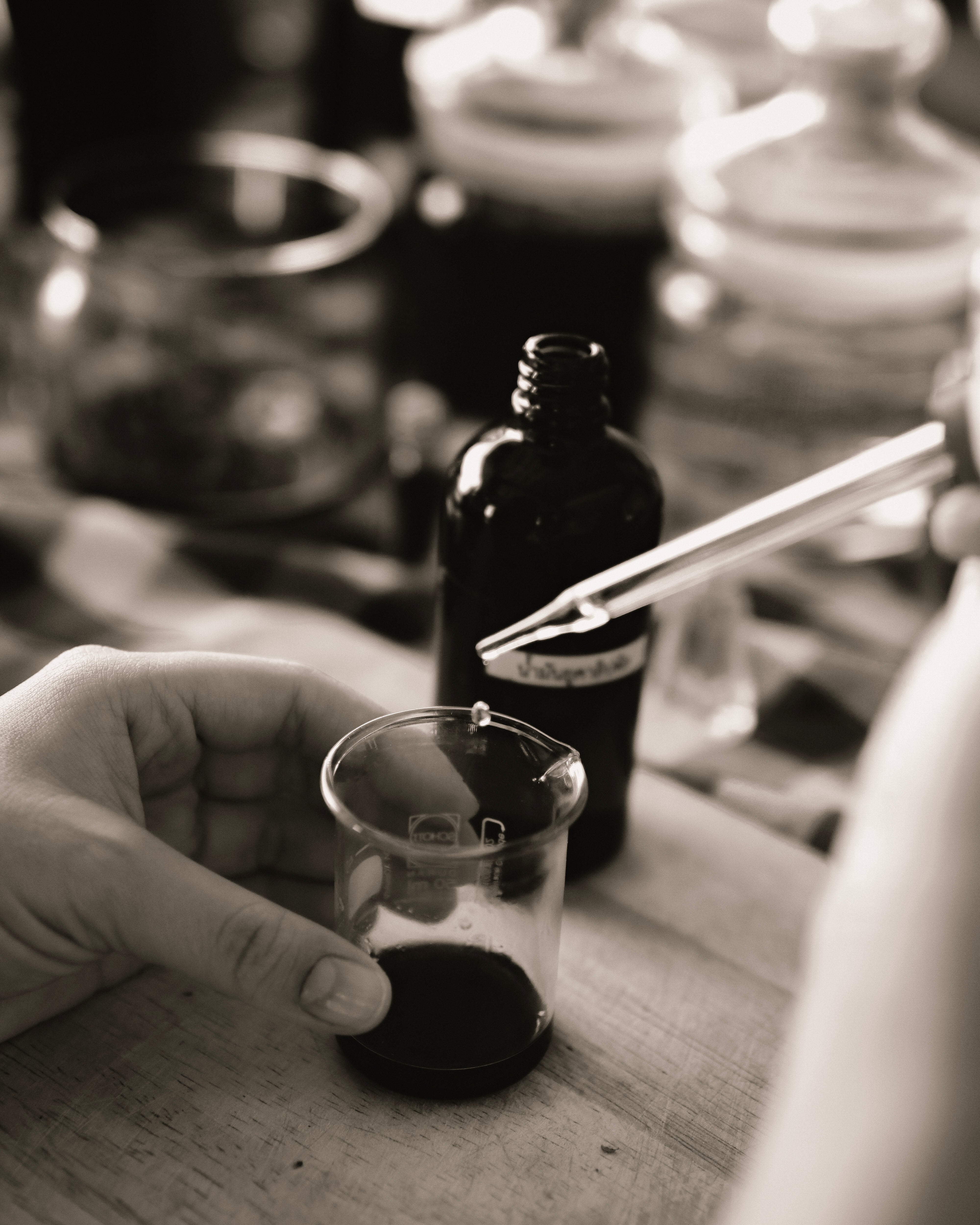
Toxins of fragrances
29. Average synthetic fragrance contain more than 50 chemicals including Pthalates, cinnamates, coumarins and many more which are notoriously identified for causing contact dermatitis and skin allergies.
Eluxier has developed all the fragrances with a specialized perfumiest who developed our fragrances without the harmful ingredients.
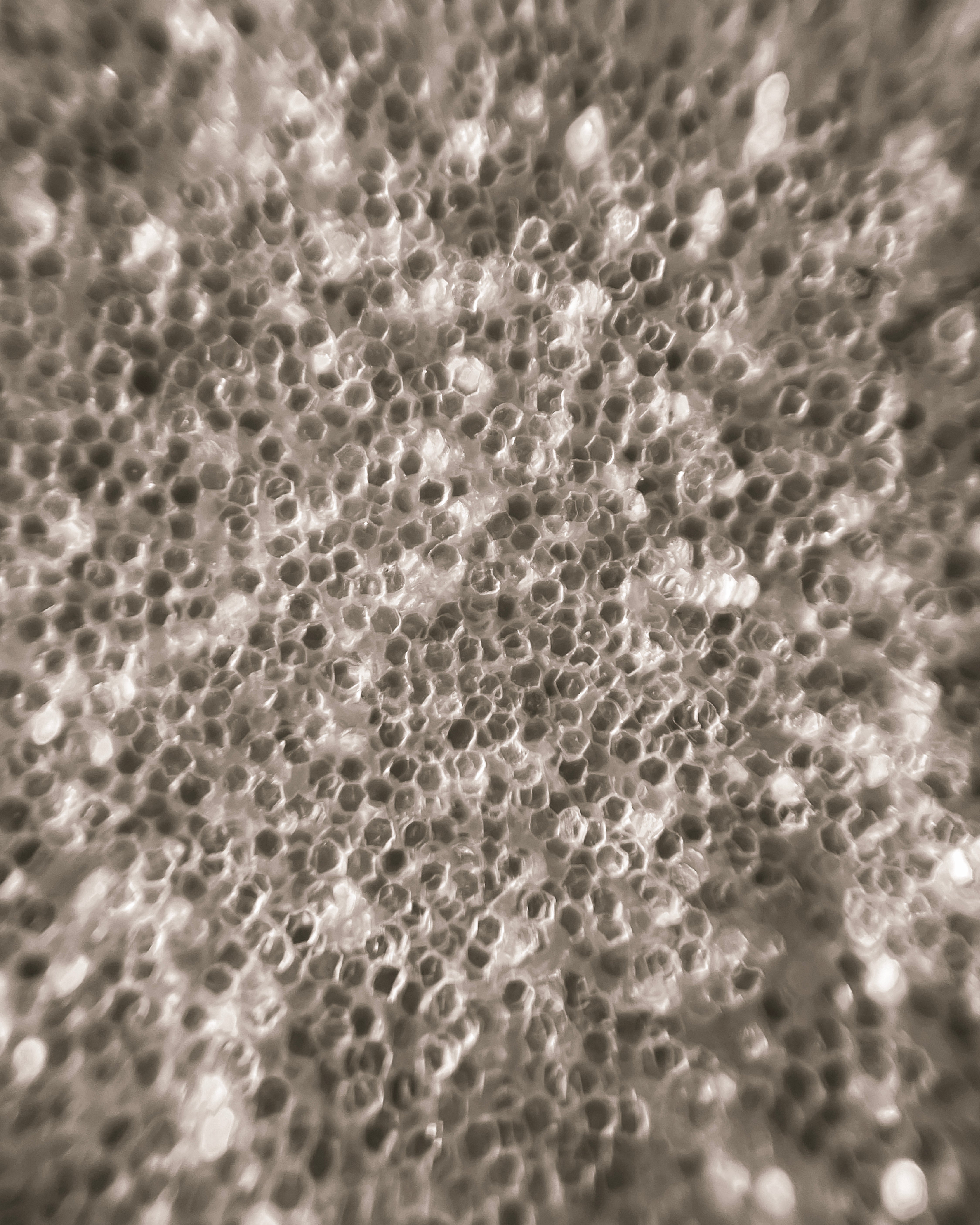
Aluminium and derivatives
30. Aluminium and Zirconium are used in deodorants and sweat control products. Research have proved their association with development of alzheimers disease, breast cancer and neurotoxicity. They are also known to cause respiratory and developmental toxicities.
